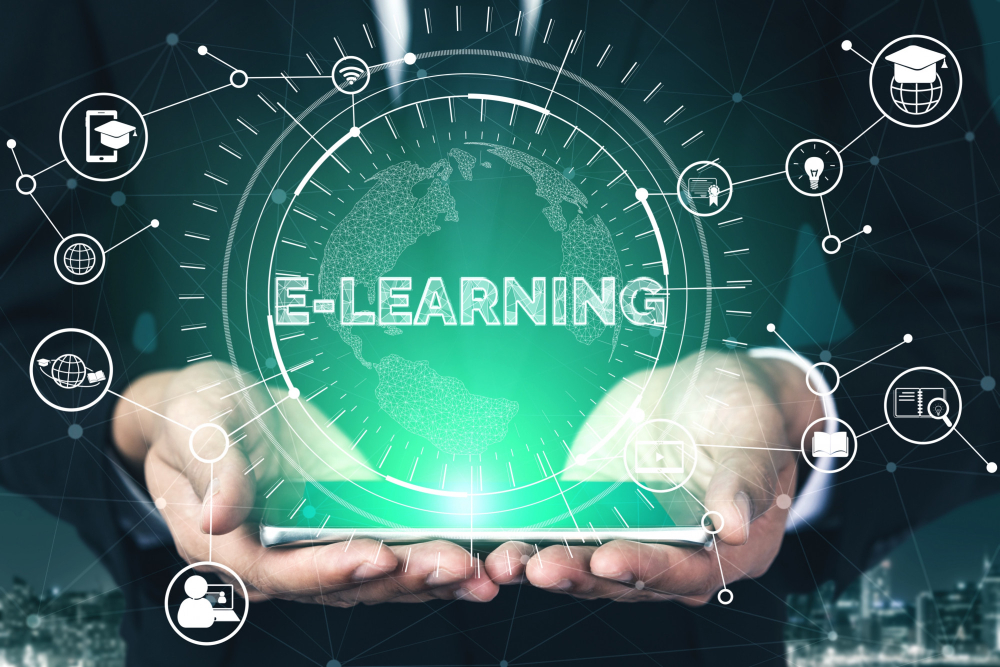In recent years, the landscape of education has undergone a significant transformation, largely due to the advent of new technologies. These innovations have played a crucial role in making learning accessible, engaging, and effective. By investing in these technologies, educational institutions and businesses alike are revolutionizing the e-learning industry. Here, we explore six emerging tech trends that are shaping the future of accessible education.
One of the most prominent technologies in e-learning is Artificial Intelligence (AI). AI has the potential to personalize learning experiences by adapting to individual student needs. Algorithms can analyze a student’s performance in real-time, providing immediate feedback and suggestions for improvement. This tailored approach ensures that each student can learn at their own pace, overcoming barriers to learning. Additionally, AI can automate administrative tasks, freeing up educators’ time to focus on interactive and meaningful student engagements.
Virtual Reality (VR) and Augmented Reality (AR) are also making waves in accessible education. These immersive technologies provide students with a hands-on learning experience that textbooks simply can’t offer. Whether it’s exploring ancient civilizations through virtual field trips or practicing complex surgical procedures, VR and AR provide safe, engaging, and inclusive environments for all learners, regardless of physical limitations. As these technologies become more affordable, their adoption in schools and universities is expected to rise exponentially.
Gamification is another trend that’s gaining traction within e-learning. By incorporating game elements into educational content, students are more likely to remain engaged and motivated. Leaderboards, badges, and real-time progress tracking create a sense of competition and accomplishment. This method not only makes learning entertaining but also helps in retaining information more effectively. As a result, gamification is proving to be a powerful tool in fostering an interactive learning environment.
Microlearning is an approach that breaks down complex information into bite-sized modules. This method caters to the modern learner’s preference for short, focused bursts of information, making it easier to digest and retain knowledge. Especially beneficial for adult learners and professionals with tight schedules, microlearning supports a self-paced education model. By using interactive videos, quizzes, and infographics, educators can deliver impactful lessons that are both efficient and enjoyable.
Mobile learning has advanced rapidly due to the proliferation of smartphones and tablets. With mobile-optimized content, students have the flexibility to learn anytime and anywhere. This technology supports a diverse range of media formats, including video, audio, and interactive apps, making learning more accessible to those with different needs and preferences. Mobile learning also aligns with the growing trend of personalized education, as it allows students to tailor their learning experiences to their individual needs and lifestyles.
Finally, the integration of blockchain technology in e-learning is emerging as a game-changer. Blockchain offers a secure way to store educational credentials, certificates, and diplomas, ensuring the authenticity and transparency of academic records. This technology fosters trust and reduces fraudulent activities, which can be particularly beneficial for institutions offering online courses. Moreover, blockchain supports decentralized learning, providing learners with control over their educational data.
In conclusion, these emerging technologies are playing a vital role in transforming e-learning into a more inclusive and engaging avenue for education. As advancements continue and these trends become increasingly mainstream, it is essential for educators and institutions to adopt and invest in these technologies. By doing so, they not only enhance learning outcomes but also ensure that education is accessible to everyone, paving the way for a future where knowledge knows no boundaries.
